Margo Hayes is a perpetual motion machine. On a late-November morning at in Boulder, Colorado, she has already swept the bouldering area and is now logging circuits on the , a ten-foot wall set at an ab-quivering angle and littered with microholds. When Hayes falls, which is rare, sheŌĆÖs back on the wall before the chalk dust settles. After nearly three hours, Hayes appears to call it quits on her first training session of the day, but within minutes sheŌĆÖs slipping her climbing shoes back on to take another few laps on the MoonBoard. ŌĆ£ItŌĆÖs never really time to stop,ŌĆØ Hayes says with a grin.
That insatiable drive helped the 20-year-old Hayes make history in 2017. First came her breakthrough ascent of La Rambla (5.15a), a 135-foot endurance rally up an achingly steep line in Siurana, Spain, in February. The grade had narrowly eluded American phenom Ashima Shiraishi and Spaniard Josune Bereziartu, and HayesŌĆÖ success made her the first woman to climb a consensus 5.15 route.
News of her accomplishment spread quickly, thanks in part to a candid photo that Matty Hong, HayesŌĆÖ former coach and La Rambla belay partner, . In the image, Hayes clutches her arms in disbelief, her face registering a flawless illustration of strength and vulnerability. The shot logged more than 24,000 likes. ŌĆ£It kind of went outside of the climbing community,ŌĆØ Hong says. ŌĆ£ItŌĆÖs not like a photo of Chris Sharma gazing off into the sunset, where only climbers are like, ŌĆśOh, sick.ŌĆÖŌĆØ But Hayes wasnŌĆÖt finished. Seven months later, she repeated the feat by sending her second 5.15a, Biographie/Realization, in C├®├╝se, France.
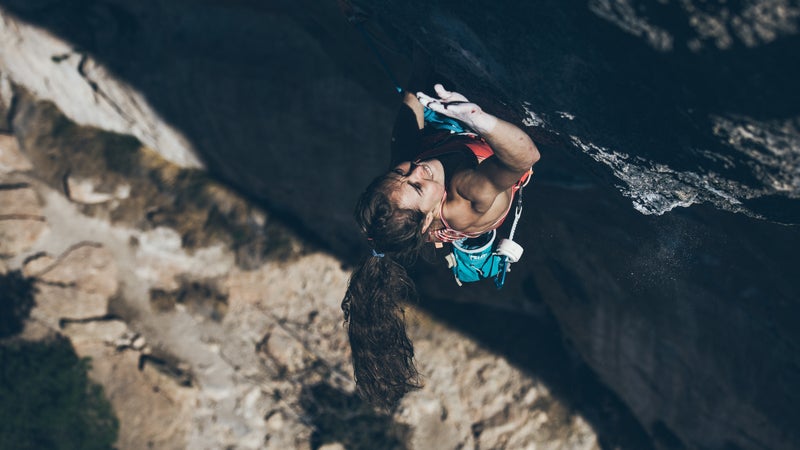
Even core climbing observers didnŌĆÖt see that coming. Unlike, say, Shiraishi, whoŌĆÖs been in the spotlight since age 11, when she was , Hayes has operated mostly under the radar. Still, those who know her arenŌĆÖt exactly surprised. Even as a grade-schooler, Hayes developed her own training routines and maintained a lofty set of goals, meticulously stored on checklists taped around her room. ŌĆ£Do you know that Margo Hayes came to me saying that she wanted to go to the Olympics?ŌĆØ says coach Robyn Erbesfield-Raboutou, recalling the day when Hayes, then ten years old, joined her Team ABC climbing squad in Boulder. The young athlete became her biggest challenge. ŌĆ£I have to be the best coach in the world to meet MargoŌĆÖs standards of how she manages herself, because everything has to be on point for her,ŌĆØ she says. ŌĆ£If youŌĆÖre not holding the bar as high as she is, then youŌĆÖre not with Margo.ŌĆØ
IŌĆÖm tucked into the comfiest seat in HayesŌĆÖ childhood home in South Boulder, stuffed with tea, chocolate, and a thick slab of honey-drenched banana bread. Scattered among our crumbs lay an assortment of watercolors; when I ask if she painted them herself, Hayes explains that it was her first time dabbling in the medium. I look back to the small, colorful squaresŌĆöa frog, a taped hand, a bunch of carrotsŌĆöand blink in disbelief. They seem nearly flawless.
When I offer a compliment, Hayes is gracious but redirects praise to her mother, Cathy: ŌĆ£She doesnŌĆÖt call herself an artist, but sheŌĆÖs an artist. She can do anything.ŌĆØ Hayes counts her mother as one of her greatest role models. The former schoolteacher made sure their home was full of creativity, introducing a new poem to her children every week (HayesŌĆÖ sister, Nola, is three years older), devising countless craft projects from thrift store finds, and creating themed installationsŌĆöa rainforest decorated with monkeys, a glittering disco-ball tribute to ABBA, a buzzing beehiveŌĆöin the family room to surprise her daughters on their birthdays.
Even as a grade-schooler, Hayes developed her own training routines and maintained a lofty set of goals, meticulously stored on checklists taped around her room.
Cathy and her husband, Tom, also cultivated a sense of curiosity and compassion in their daughters that prioritized the importance of world travel. In fact, one of HayesŌĆÖ most memorable childhood experiences occurred during a trip to Turkey at seven years old, where she witnessed a ŌĆ£mesmerizingŌĆØ performance of whirling dervishes. The significance of this memory is unsurprising when you understand that she was the rare child who was never content to sit numbed by a television set or video games. Instead, Hayes preferred to run wild outdoors, challenging her sister to near-constant races and roping friends into various competitive schemes conjured in her motherŌĆÖs garden.
Instead of discouraging this kinetic energy, HayesŌĆÖ parents sent her to BoulderŌĆÖs . There, she flourished in an environment that not only engaged her physically but also channeled her competitive drive into something constructive, which eventually afforded her the opportunity to participate in USA GymnasticsŌĆÖ talent search program. However, HayesŌĆÖ tendency to push her limits also led to a parade of broken bones, the most severe occurring when she attempted to emulate Olympic gold medalist Nastia Liukin on the uneven bars and instead landed on her upper back. ŌĆ£My legs flew over my head, and my feet hit so hard that I broke and dislocated my talus,ŌĆØ she explains. ŌĆ£The ER doctor said that it looked like a football injury.ŌĆØ
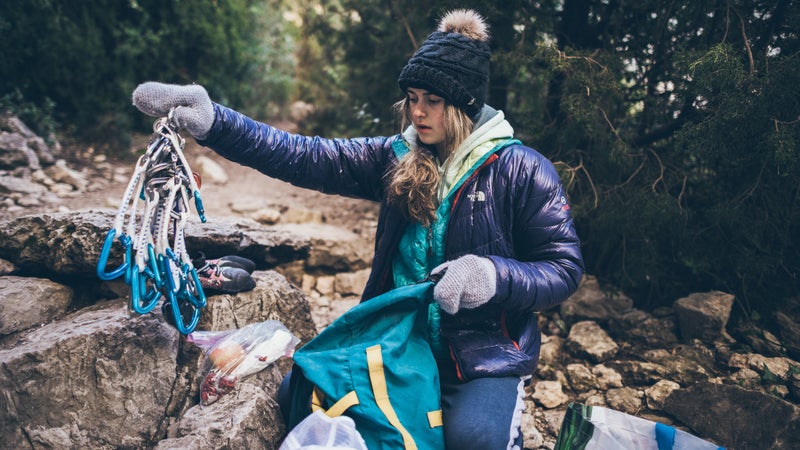
Climbing offered a theoretically less injurious pastime, and one that Hayes was familiar with from a young age. Her maternal grandfather, Dr. James Morrissey, led the first successful ascent of EverestŌĆÖs Kangshung Face five years before she was born. Her father was a Yosemite Valley regular who introduced both of his daughters to the sport; her mother would also rope up from time to time. Mix that history with her active nature, and itŌĆÖs not surprising that when Hayes landed at Erbesfield-RaboutouŌĆÖs doorstep, she was primed for success.
Hayes began competing almost immediately, eventually winning a spot on USA ClimbingŌĆÖs national team. In 2013, she earned the North Face Young Gun Award, which honors up-and-coming climbers. Three years later, in 2016, she won three golds at the World Youth Championships, realized her goal of sending fourteen 5.14s during the year (an objective documented on one of her lists, of course), and won ClimbingŌĆÖs .
These accomplishmentsŌĆöand a sponsorship deal from the North FaceŌĆöraised her profile, but nothing prepared her for the acclaim she received after La Rambla. Hayes was bombarded by well-wishers and interview requests, an experience she calls humbling and overwhelming. So much so that she almost declined when Hong asked if he could use footage from the climb to create a short film. Eventually Hayes agreed, and the result is , a study in relentless devotion and training that chronicles her success on La Rambla and her four-month slog to follow it up on Biographie/Realization.
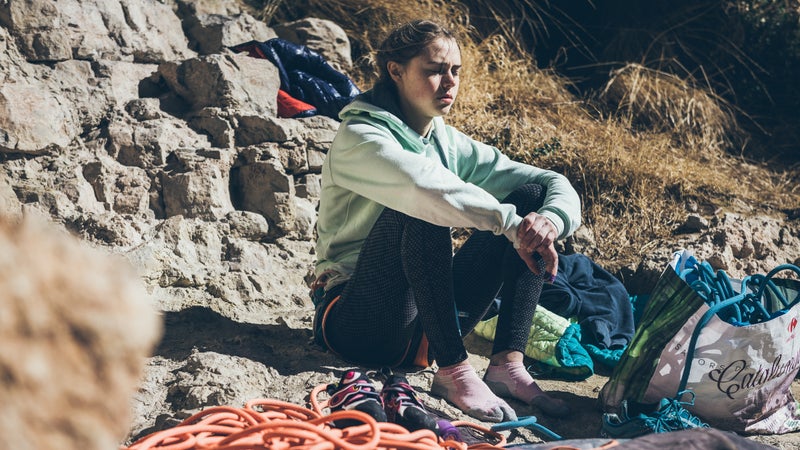
What you donŌĆÖt see in the film is how difficult it was for Hong and his filmmaking partners to coax Hayes into opening up about any deeper intentions she had for those two climbs or to acknowledge their historic impact. ŌĆ£It was really hard for us to get her to say, ŌĆśI came to Spain to send La Rambla,ŌĆÖ or ŌĆśI went to Spain to climb my first 5.15,ŌĆÖŌĆØ says Hong. ŌĆ£She doesnŌĆÖt want to come off as someone whoŌĆÖs ungrateful or someone whoŌĆÖs arrogant.ŌĆØ
Erbesfield-Raboutou doesnŌĆÖt disagree with this last statement but does acknowledge the extraordinary drive and work ethic that Hayes has possessed since childhood. ŌĆ£I think that if you were to really, really strip that down, thereŌĆÖs no doubt that that Margo did it for her, but she knew what she was doing: She was trying to break a barrier. She was trying to push the bar higher because she believed she could do it,ŌĆØ she says. ŌĆ£Yes, sheŌĆÖs humble, and sheŌĆÖs been humble through the process, but she knows what sheŌĆÖs doing.ŌĆØ
Though she demurs a bit when I ask about it, itŌĆÖs clear that Hayes is also quietly eyeing the 2020 Olympic Games, the first to feature a climbing competition.
Even though Hayes says she didnŌĆÖt target La Rambla to make a statement about women climbers, sheŌĆÖs conscious of her new status as a role model. ŌĆ£ItŌĆÖs a responsibility, but itŌĆÖs also an honor,ŌĆØ she says. ŌĆ£IŌĆÖve been fortunate enough to have so many great people to look up to that I feel like IŌĆÖm giving back a little bit to the community that has given so much to me.ŌĆØ But Hayes is also quick to acknowledge the efforts of her contemporaries and those who have come before with a humility thatŌĆÖs both effusive and genuine. ŌĆ£I feel really humbled by so many other peopleŌĆÖs accomplishments,ŌĆØ she says. ŌĆ£If I make a little mark, if I add a little stone to the pile of our sport of climbing, then thatŌĆÖs something IŌĆÖm proud of.ŌĆØ
Hayes wasnŌĆÖt alone in pushing the sport last year. Shortly before she sent Biographie/Realization, Belgian Anak Verhoeven became the second woman to climb the grade, notching the first ascentŌĆöof any genderŌĆöof Sweet Neuf at Pierrot Beach, France, in September. The following month, Austrian Angy Eiter logged the first female ascent of La Planta de Shiva, a 5.15b at Villanueva del Rosario, Spain. ŌĆ£I would say that Margo opened a door, but perhaps all of that would have happened anyway,ŌĆØ says Erbesfield-Raboutou. ŌĆ£What that proves is that there are several women at the top who believe they can do just what they did, and I believe that will help other women push themselves.ŌĆØ
In November, when I meet with Hayes at her climbing gym in Boulder, itŌĆÖs to reflect on an incredible year. But she isnŌĆÖt quite finished making history. Though itŌĆÖs only her third day on the MoonBoard, Hayes will win the inaugural MoonBoard Masters, along with partner Alexander Megos, just nine days later, on December 9. The following month, sheŌĆÖll receive an , along with the from the American Alpine Club, bestowed upon young climbers whoŌĆÖve shown ŌĆ£exceptional skill and character in the climbing or mountaineering artsŌĆØ and demonstrate the potential to push even further in the sport.
Just as sheŌĆÖs done every year since childhood, Hayes has already begun constructing a list of goals for 2018. If she has any sort of master plan to chase grades or tackle even more impressive climbing objectives, she doesnŌĆÖt say. Hayes offers me only a vague glimpse into her future, perhaps out of self-preservation as much as it is to avoid projecting self-importance: SheŌĆÖd like to continue her college education, advocate for the environment, pursue aesthetic lines, and possibly even bolt her own route as an expression of gratitude toward the climbing community.
Though she demurs a bit when I ask about it, itŌĆÖs clear that Hayes is also quietly eyeing the 2020 Olympic Games, the first to feature a climbing competition. ŌĆ£It would be a huge honor to be there,ŌĆØ she says, before characteristically downplaying her own aspirations and potential as equal to any other athlete who holds the same dream. ItŌĆÖs a long road to Tokyo, of course, but I canŌĆÖt help but feel that Hayes will put in an extraordinary effort.
ŌĆ£I donŌĆÖt know what my limit is, and thatŌĆÖs so exciting,ŌĆØ Hayes says. ŌĆ£ItŌĆÖs like youŌĆÖre chasing this running carrotŌĆöit doesnŌĆÖt stop moving.ŌĆØ
An edited version of this story appeared in the March 2018 issue of ║┌┴Ž│į╣Ž═°.

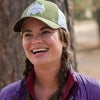
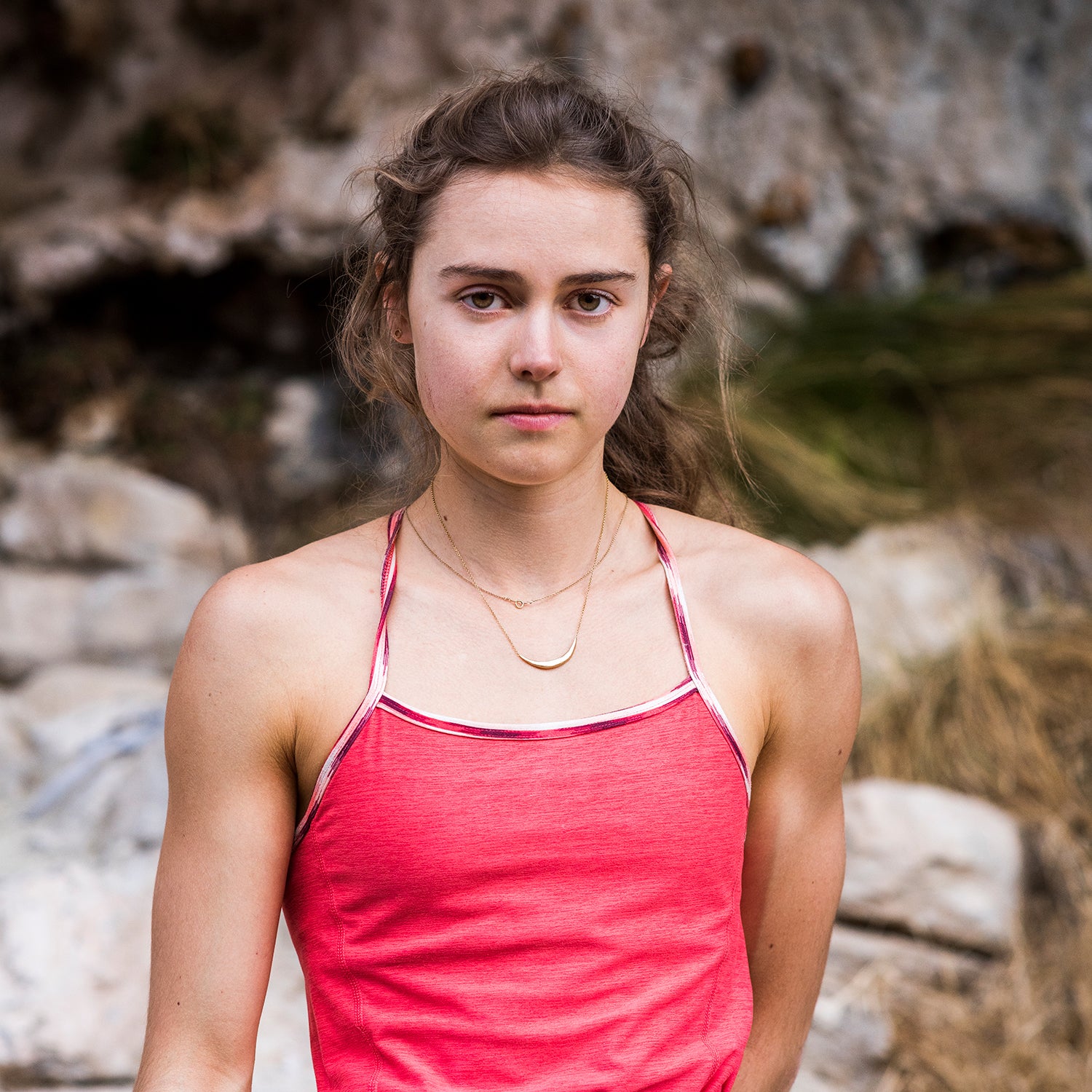
 19-Year-Old Margo HayesŌĆÖ Historic Climb
19-Year-Old Margo HayesŌĆÖ Historic Climb